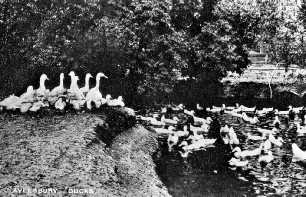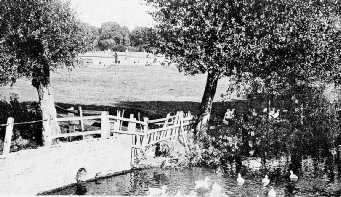The Aylesbury Club
Good Humour Good Cheer and Good Neighbourhood





According to the local Victorian historian, Robert Gibbs, In the early years of the present (nineteenth) century almost every householder at the 'Duck End' of the town followed the avocation of ducker. 'Duck End' was more or less the area now bounded by Castle Street, Whitehall Street and Friarage Road (formerly Oxford Road). This area was widely regarded as one of the poorer districts of Aylesbury as accounts of nineteenth century show it to have been a slum. Until the late nineteenth century there were no refuse collections or sewerage. Robert Ceelv, the medical officer of Aylesbury, is quoted in the Report to the General Board of Health on Aylesbury as saying, “The Asiatic cholera (of 1832) commenced in those parts of the locality which are most exposed to humidity and the production of malaria, such as Duck End, where the principal part of the sewerage of the town terminates and open ditches existed, a large surface of stagnant water, and where ducks and other live animals are kept in the dwellings and on the premises of the inhabitants.” In the same report it is stated that, On the premises occupied by Mrs Bowden, Oxford Road., also visited by the cholera, the sewerage from ducks ponds in the back yard passes under the brick floor of the living room, the soil oozing up between the bricks.'
Inside these damp cottages, which had neither adequate ventilation, light, nor sanitation, ducks were reared which must have made already inadequate surroundings intolerable.
The Rev. St. John Priest, reporting to the Board of Agriculture in 1810, gives this description of a ducker's cottage:
In one room belonging to this man (the only room he had to live in), were ducks of three growths, on the 14th January 1808, fattening for London market: at one corner about seventeen or eighteen four weeks old; at another corner a brood a fortnight old; and at a third comer a brood a week old. In the bed-
It is not difficult to imagine conditions inside this cottage, particularly when it is remembered that it is impossible to house-



